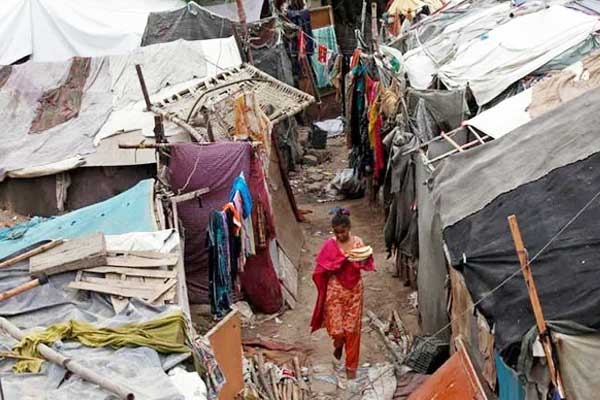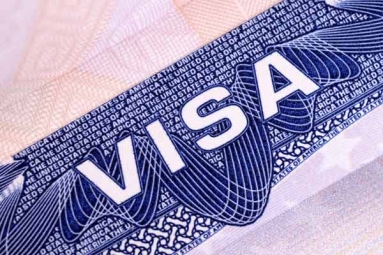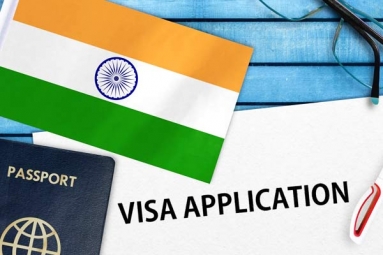
(Image source from: Ndtv.com)
According to the World Bank, India has achieved a historic level of success in reducing poverty, yet their latest forecast indicates that nearly 45 percent of Pakistan's population struggles with poverty, with 16.5 percent experiencing extreme poverty. This update follows a recent adjustment to the poverty threshold by the World Bank. Earlier this April, the World Bank projected that an additional 1.9 million individuals in Pakistan would fall below the poverty line during the fiscal year 2024-25. India has actively pointed out to the IMF and World Bank that Pakistan has allegedly misappropriated international aid to fund terrorism targeting India. The statistics provided by the World Bank could be utilized by India to question the effectiveness of how Pakistan allocates global assistance from organizations like the International Monetary Fund for the welfare of its citizens.
Over the span of a decade, India has seen its extreme poverty rate plummet to 5.3 percent from 27.1 percent during the 2011-12 fiscal year, despite the World Bank increasing its poverty line threshold to $3 per day. From 2011-12 to 2022-23, India successfully lifted 171 million individuals out of extreme poverty, as reported by the World Bank. A World Bank assessment released in April pointed out that Pakistan’s economic growth rate of 2.6 percent is inadequate for reducing poverty levels. The report estimates that in the fiscal year 2025, the poverty rate in Pakistan will remain stable at approximately 42.4 percent (calculated at $3.65/day in 2017 PPP), nearly unchanged from the previous year.
The report highlighted a concerning increase in poverty rates due to a population growth of nearly 2 percent per year, predicting that 1.9 million more people will become impoverished this year. Furthermore, the World Bank outlined substantial challenges within Pakistan’s agricultural sector, noting that in 2025, unfavorable weather conditions led to a 40 percent decline in rainfall, accompanied by pest problems and changes in crop production. It stated, "Projected crop yields are expected to drop between 1.2 percent for rice to 29.6 percent for cotton, capping sector growth at less than 2 percent."
As India suspends the Indus Waters Treaty, the water supply to Pakistan’s Punjab province has taken a significant hit, which may further stress agricultural production. Official figures from Pakistan reveal a 15 percent decrease in water availability within the Indus Water Basin in Punjab, with many of the region's dams approaching critically low levels.
Agriculture, which employs about half of the impoverished workforce, is predicted to see a slight rise in rural poverty by 0.2 percentage points, while real income for those in agricultural jobs is expected to decrease by 0.7 percent in the 2025 fiscal year. The report raises alarms about food insecurity, estimating that around 10 million individuals in rural areas may experience acute food insecurity. Additionally, the report notes that consumption-based inequality in Pakistan has increased nearly 2 points since fiscal year 2021, stabilizing just under 32 in the last year. However, it cautioned that actual inequality levels are likely higher due to the underrepresentation of affluent households in household surveys.







